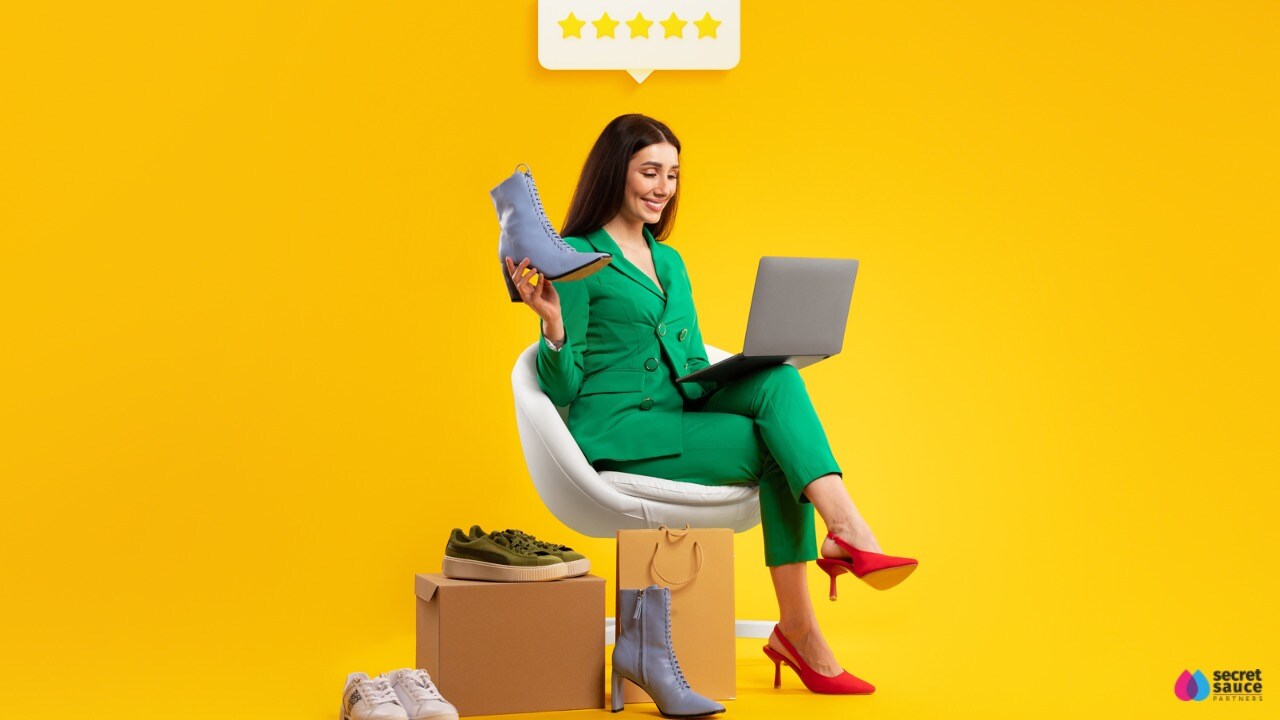10 Lessons in Fashion Technology: What We Can Learn from Top Fashion Websites
In the ever-evolving world of fashion and footwear, technology plays a pivotal role in shaping how brands interact with their customers. Top fashion websites not only set trends in style but also in how they leverage technology to enhance the user experience, streamline operations, and boost sales. Here, we explore 10 key lessons from leading fashion websites that any brand can apply to thrive in today’s digital marketplace.
- Seamless User Experience (UX)
Lesson: Invest in intuitive design.
Example: Net-a-Porter.com demonstrates the importance of a clean, user-friendly interface that makes browsing and buying as effortless as possible. The site's navigation, detailed filters, and sleek aesthetic help customers find exactly what they’re looking for, enhancing satisfaction and reducing bounce rates.
- Personalization at Scale
Lesson: Tailor the shopping experience to individual preferences.
Example: ASOS uses sophisticated algorithms to personalize product recommendations, adjusting content based on user behavior and purchase history. This approach not only makes shopping more engaging but also increases the likelihood of purchases by showing customers items that are more relevant to their tastes.
- Robust Mobile Experience
Lesson: Optimize for mobile-first shopping.
Example: The SSENSE mobile platform stands out by offering a fast, responsive, and feature-rich mobile experience, including AI-based size recommendations for all types of shoppers, both new and returning customers. With more consumers shopping on their devices, ensuring your mobile site or app is on par with desktop offerings is crucial for capturing this growing market segment.
- Sustainability and Transparency
Lesson: Communicate your brand’s commitment to sustainability clearly.
Example: Patagonia’s website excels in promoting its environmental mission, providing detailed information about the sustainable practices behind each product. This transparency resonates with eco-conscious consumers and sets the brand apart in a crowded marketplace.
- Omni-channel Integration
Lesson: Create a cohesive customer journey across all channels.
Example: Canada Goose redefined experiential retail with its Toronto flagship store, offering a multisensory journey through 'Cold Rooms' that simulate extreme weather conditions to demonstrate their outerwear's effectiveness. Customers experience the products in these conditions, then order through in-store kiosks connected to the online store, with home delivery available. This innovative approach integrates physical and digital channels, providing a unique and immersive shopping experience.
- Content-Rich Product Pages
Lesson: Use content to enhance product appeal and SEO.
Example: Zara enhances its product detail pages with detailed descriptions, high-quality images/videos, style notes, and care instructions. This not only helps in SEO but also provides customers with a comprehensive view of the product, aiding their purchase decision.
- Leveraging Social Proof
Lesson: Utilize reviews and user-generated content to build trust.
Example: Shapermint enhances its product pages with customer reviews, photos, and ratings, providing social proof that helps potential buyers feel more confident in their purchases. They also engage a community of brand ambassadors who share their styling tips and experiences on social media. This community-driven approach not only builds trust but also fosters a sense of belonging and support among customers, further enhancing brand loyalty.
- Exceptional Customer Support
Lesson: Prioritize responsive and helpful customer service.
Example: Zappos is renowned for its customer service, which includes a 365-day return policy and 24/7 support. Their commitment to customer satisfaction is central to their business model and is a significant factor in their high customer loyalty.
- Innovative Loyalty Programs
Lesson: Encourage repeat business with creative loyalty rewards.
Example: The Revolve Rewards program offers exclusive benefits such as early access to new arrivals twice per month, early access to sales once per month, and triple points on the brand of the month. Additionally, members can book personalized shopping sessions with expert stylists and receive invitations to exclusive events, making the shopping experience both rewarding and engaging.
- Advanced Fit and Sizing Technology
Lesson: Utilize AI to enhance fit and sizing accuracy.
Example: Gucci leverages Secret Sauce Partners' AI-based fit and sizing technology to provide personalized size recommendations to 100% of their shoppers. This technology is based on behavioral analytics to suggest the best fitting size, reducing return rates, increasing conversion and customer satisfaction by ensuring they receive the right size the first time.
Conclusion
The fusion of fashion and technology opens up vast opportunities for brands to innovate and connect with consumers on a deeper level. By learning from the leaders in the field, any fashion brand can adopt new technologies to enhance their operations, improve customer engagement, and drive sales. As technology continues to advance, staying ahead of these trends will be key to remaining competitive in the fast-paced world of fashion.
Are you ready to elevate your fashion brand with cutting-edge technology?
Explore how integrating these lessons can transform your approach and help you achieve remarkable growth in the digital era. Contact us today to discover how our fit and sizing solutions can revolutionize your customer experience and boost your sales.
